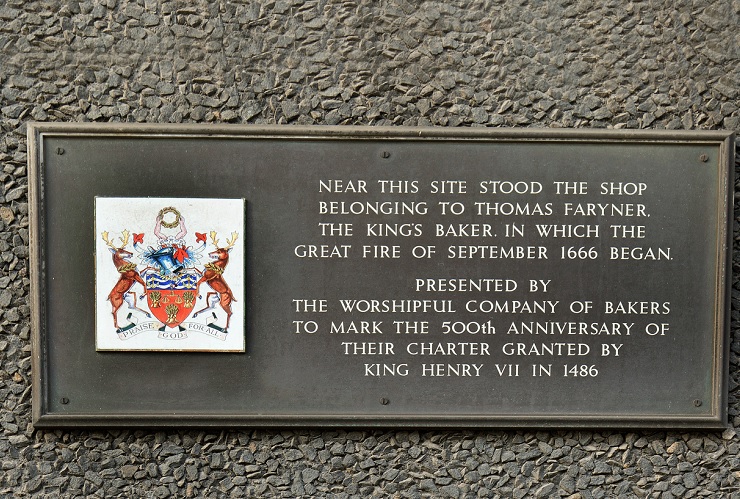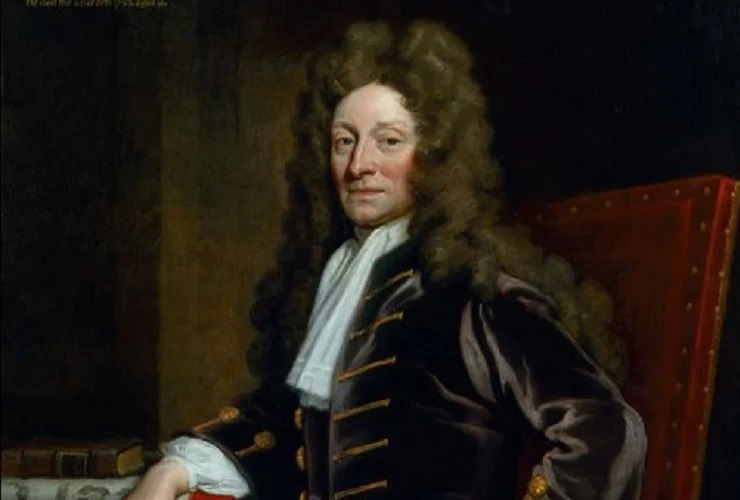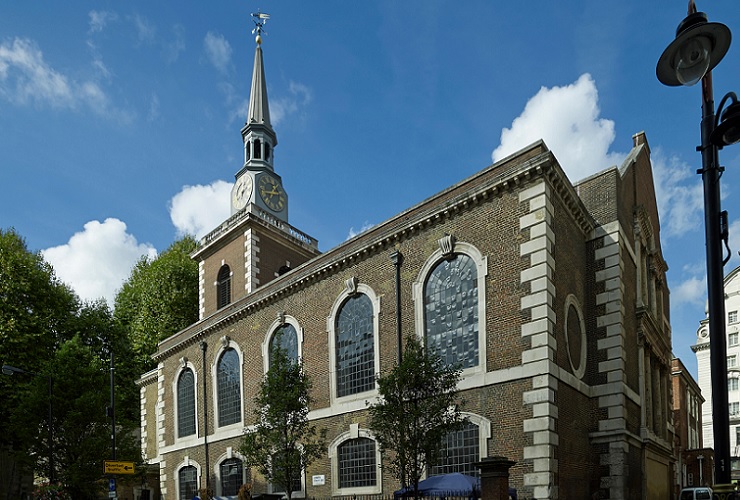
The Great Fire of London started on Sunday 2nd September 1666 in the bakery of Thomas Faryner situated the quaintly named Pudding Lane (nothing to do with cakes, but another name for offal) in what is now the central part of the city.
It spread rapidly due to the density of the surrounding wooden housing and the delay in creating firebreaks caused by the indecision of the rather inept Mayor, Sir Thomas Bloodworth. At its peak it threatened to engulf the city, with St Paul’s Cathedral destroyed and King Charles II fearing his own palace at Whitehall was going to go up flames.
Amazingly the recorded death toll was small (said to be as low as eight, although this is now disputed), but its effect was catastrophic. 15% of London’s housing at the time was lost - about £1.9 billion in value today.
It included around 13,000 properties, 86 parish churches, 44 Company Halls, prisons and palaces. It was estimated that over 100,000 people were displaced.
Recorded
The events were recorded by artists and authors – with the famous English diarist Samuel Pepys saying that it “made me weep to see it.”
However, he still managed to wipe away the tears from his eyes to allow him to bury a valuable slice of Parmesan cheese in his garden to stop it becoming an open-air fondue dip.
However, he still managed to wipe away the tears from his eyes to allow him to bury a valuable slice of Parmesan cheese in his garden to stop it becoming an open-air fondue dip.
When the embers finally cooled ‘Fire Courts’ were set up. The King with his love of architecture also wanted to encourage rebuilding in much the same vein as Baron Haussman was to later do in rebuilding Paris with wide boulevards and avenues.

Search for his monument
Ignoring grid system plans put forward by the likes of Sir Christopher Wren (above) and Robert Hooke, the rebuilding followed the same street layouts - resulting in the London we see today of curious thoroughfares and streets, buildings and churches – 51 of which, including the new St Paul’s, were designed by Wren.
His fitting epitaph is well known - “If you are searching for his monument look around you” – especially as 24 of the 51 he designed and were built remain today
His fitting epitaph is well known - “If you are searching for his monument look around you” – especially as 24 of the 51 he designed and were built remain today – including St James’s Church which was consecrated in 1684.
It has had its battles since (being severely damaged in the London Blitz) but today it is a vibrant community hub, with a reputation for being progressive, liberal and campaigning.
300th anniversary
Little wonder then Philip Harper has enjoyed writing ‘St James’s – A New Beginning’, which was commissioned by the church to mark the 300th anniversary of great architect’s death in 1723.
Philip states that the four-movement work (played continuously) is about “finding courage in times of trouble and believing in a better future” – a very appropriate aim given all that the banding movement has gone through since Covid-19 too.

Hymn tune foundation
The foundation on which the musical narrative is built is based on the hymn tune that belongs to the church – ‘St James’ by Robert Courteville written around 1697, and which is heard in the first movement ‘The Great Fire’.
It is dramatic music of frantic urgency – the bells ringing in warning as the inexorable conflagration takes hold, panic ensues and buildings collapse (the flames moving at a potent 132 tempo).
It is dramatic music of frantic urgency – the bells ringing in warning as the inexorable conflagration takes hold, panic ensues and buildings collapse (the flames moving at a potent 132 tempo).
The destructive power sees the hymn contorted and twisted (with a nod to Stravinsky’s ‘Firebird’), flickering ‘with fire’ motifs in the cornet and euph taking hold and igniting others (a musical nod to the nursery rhyme ‘London’s Burning’ is also heard) until all is engulfed.
Aftermath
From it emerges the ‘Aftermath’ – a lament to loss led by the flugel and passed to the cornet in despair. The euphonium though represents the ‘Vision’ of Wren for a new London of beauty and optimism.
His buildings are proportioned and noble, built brick by brick on a solid foundation provided by the unaltered hymn tune.
“Variety of uniformities makes complete beauty” as Wren said.
Slowly but surely his churches emerge – ones which share common architectural themes but huge differences in style to dominate the London skyline, bold and resolute (“Variety of uniformities makes complete beauty” as Wren said).

Celebration
It leads to ‘Renaissance’, and an upbeat celebration of his creations – all bells and happy-clappy evangelical zippiness (although it has a measured dynamic build).
There are also clever nods to Handel and Parry/Blake threaded into the Jam & Jerusalem stonework of a St James’s Church with a very modern outlook (and it did get into controversy recently for wanting to put on ‘Drag Shows’).
It rounds off an engaging and testing work (with plenty for everyone to contribute) that will surely have been enjoyed by the competing bands – and with more than enough in it to separate the best from the rest for the adjudication trio of David Hirst, Paul Holland and Glyn Williams.
There are also clever nods to Handel and Parry/Blake threaded into the Jam & Jerusalem stonework of a St James’s Church with a very modern outlook
Prospered
Since the creation of the First Section in 1992, winners have come and gone – literally in the cases of Point of Ayr (1993) and Todmorden Old (1998).
Others though such as 2011 champion Aldbourne have used it as a springboard to greater success and top-flight consolidation (such as recent winners Pemberton Old, Oldham (Lees), Unison Kinneil and Kingdom Brass).
Stannington Brass took the honours last year in fine style and have since also made an encouraging start to top section life.
Hopefully it will be same for whoever claims the title on Saturday evening.
Iwan Fox
First Section:
Saturday 16th September
Test piece: St James - A New Beginning (Philip Harper)
Adjudicators: David Hirst, Paul Holland, Glyn Williams
A W Parker (Drybrook)
Bathgate
Seindorf Beaumaris
Bilton Silver (Rugby)
Boarshurst Silver
Chalford
Coalburn Brass
Ebbw Valley Brass
Harrogate
Hebden Bridge
Hitchin
Horbury Victoria
Manx Concert Brass
Medway
Regent Brass
Sherborne Town
Sovereign Brass
Thoresby Colliery
Wardle Anderson Brass
York Railway Institute













